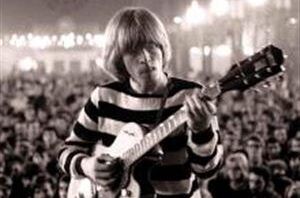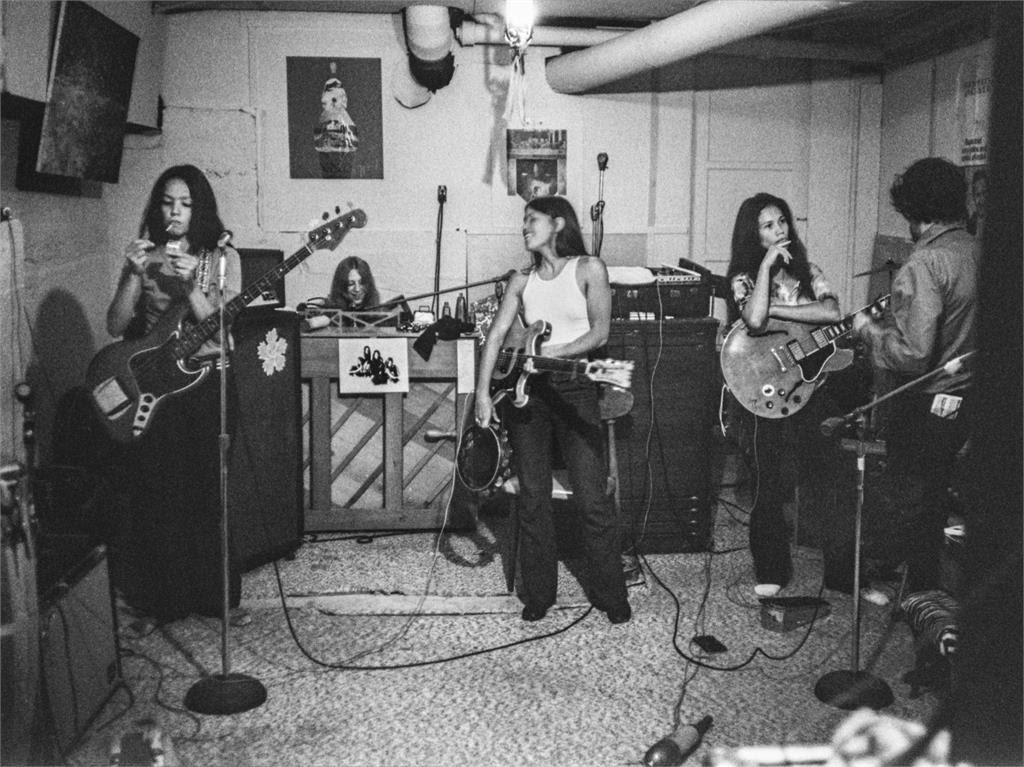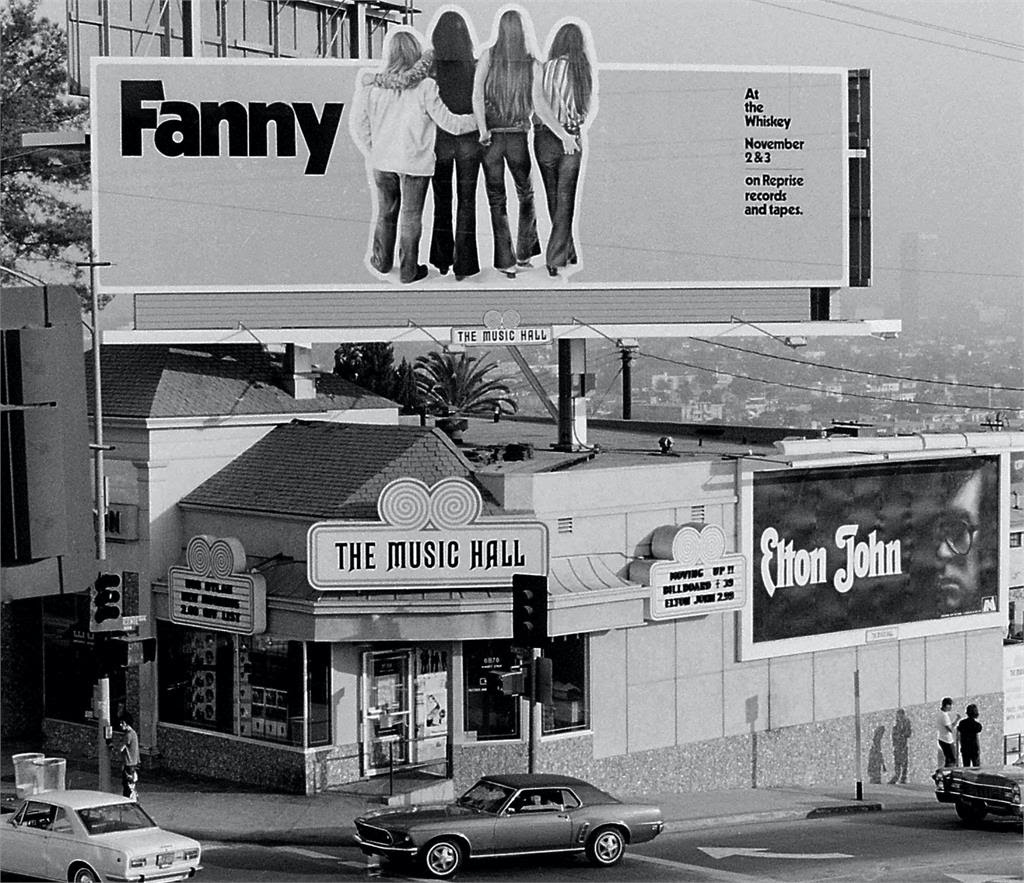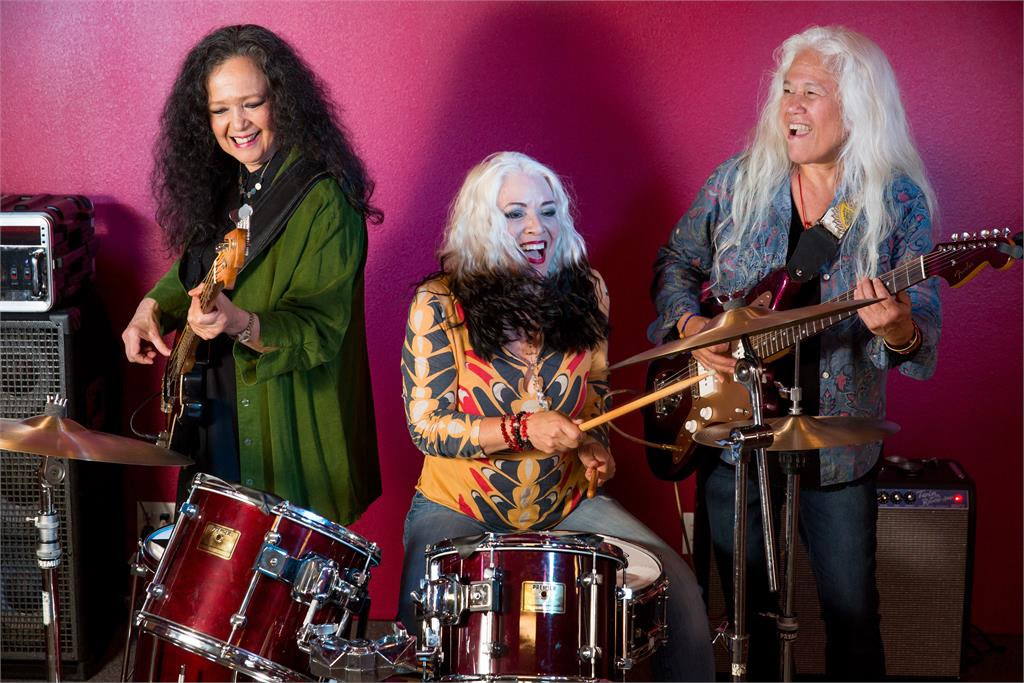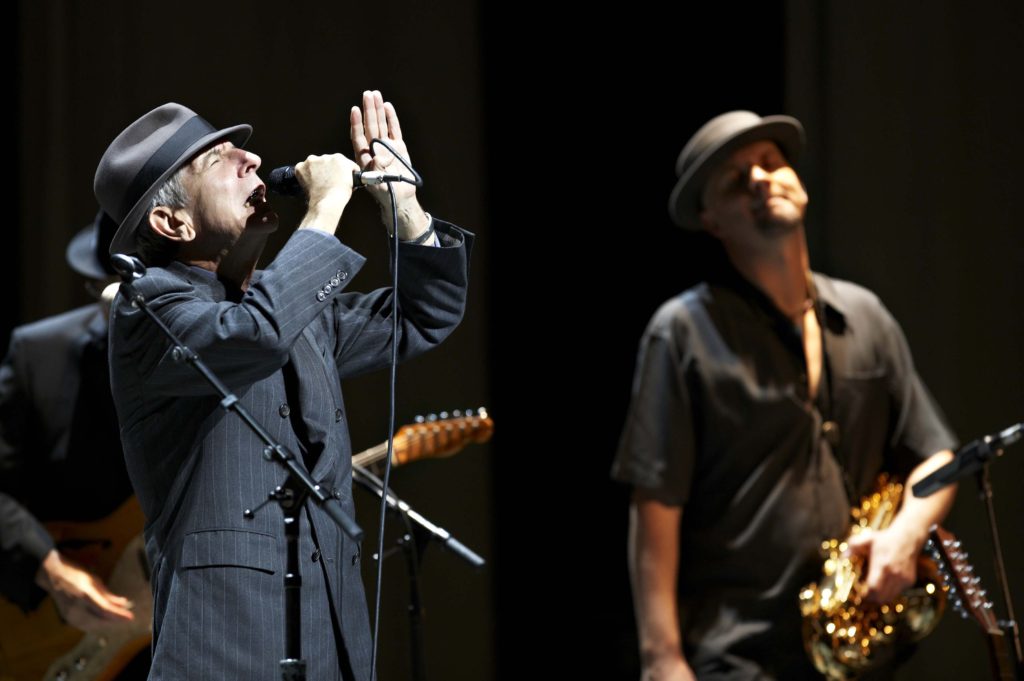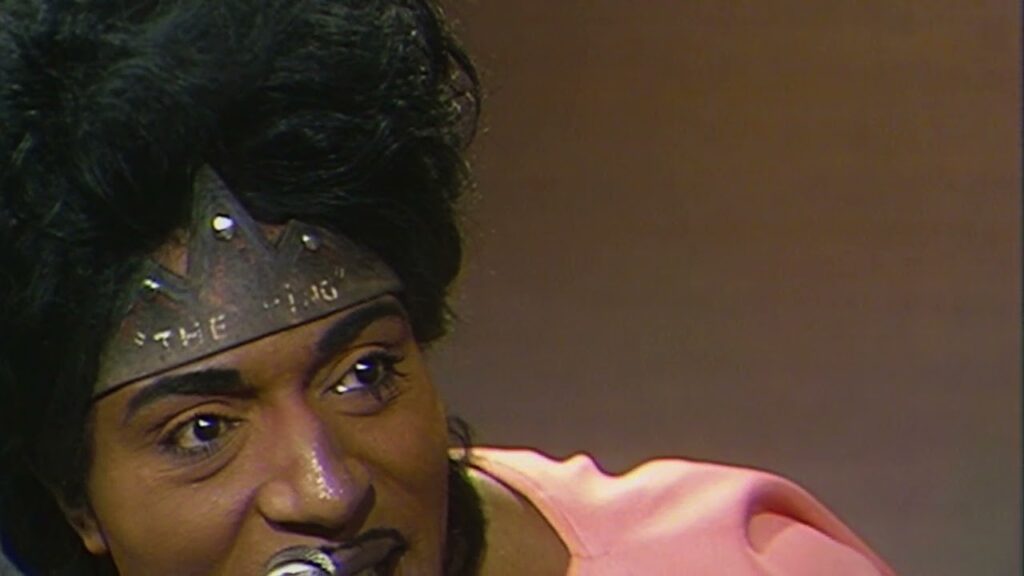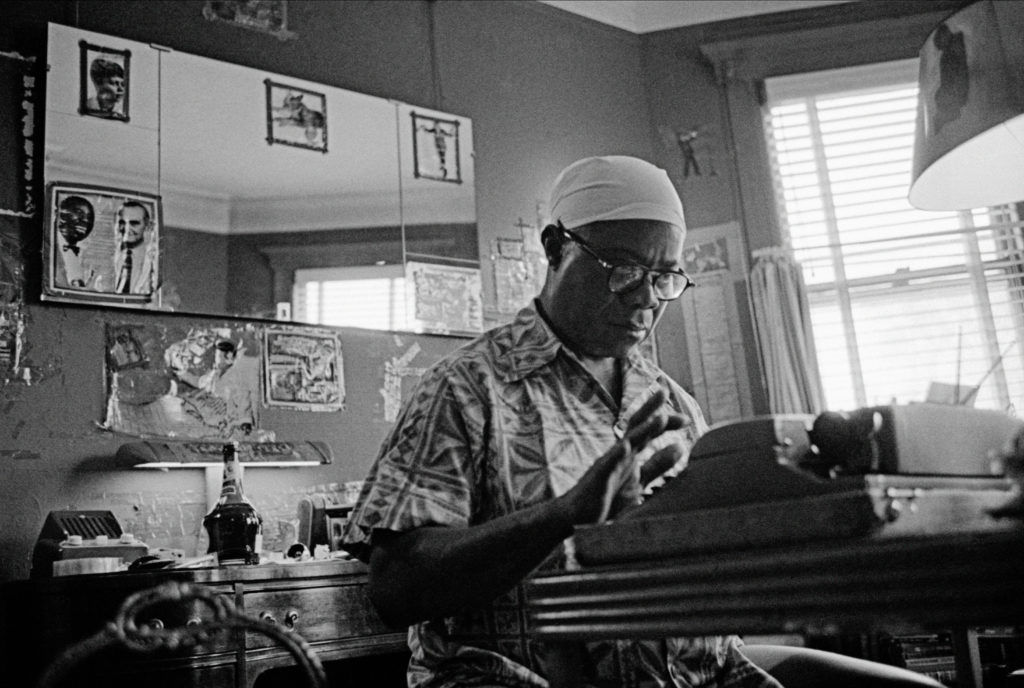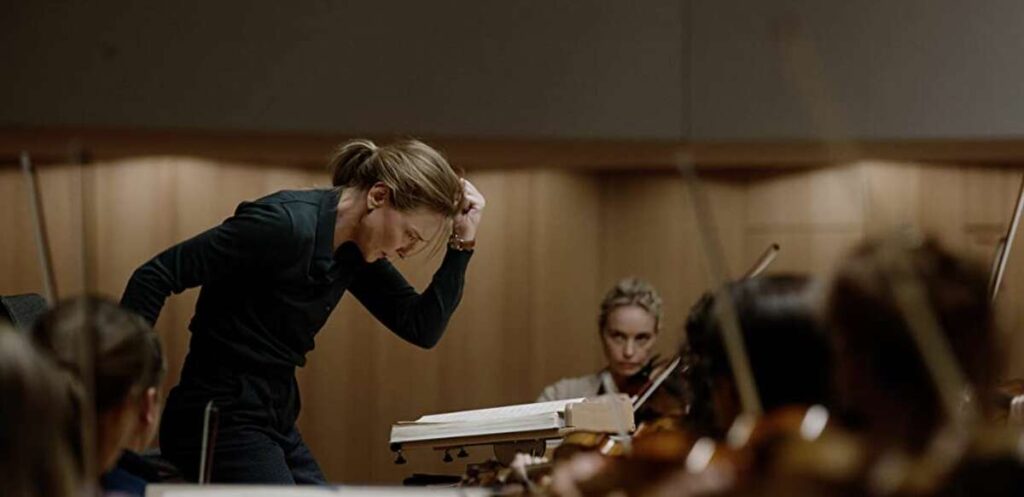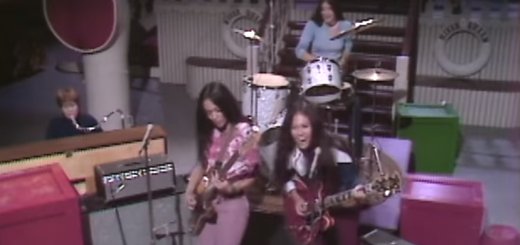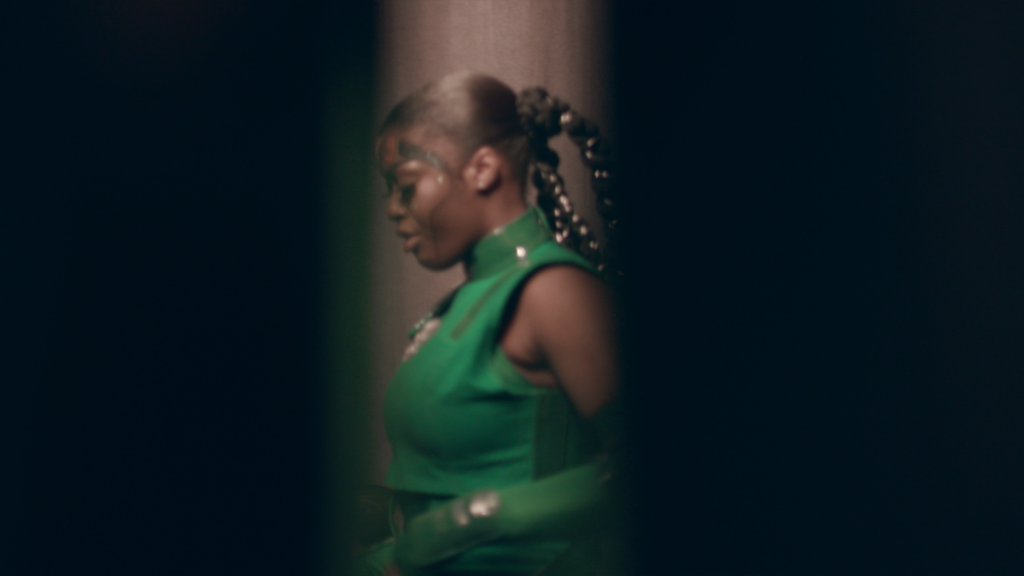
Filmmaker Chris Moukarbel toys with us in Cypher, an ingenious narrative in the form of a pseudo documentary about rapper Tierra Whack.
As in any music doc, we meet Whack (smart, genuine and naturally charming) and trace her artistic emergence. Whack’s real life team and Moukarbel’s real-life crew play themselves. Fifteen minutes in, they meet a fawning fan in a diner, an interesting woman who soon veers into conspiracy talk. Whack continues with a world tour, on the road to shooting a music video. Whack and Moukarbel are unsettled when secretly-filmed video of them shows up on social media. Moukarbel is hounded by the unbalanced daughter (Biona Bradley – perfect) of the woman in the diner. The intrusions become increasingly menacing, and are tied to the same conspiracy theory. Reeling, the film crew visits the daughter, but the threats only escalate, all the way to a showdown on a video shooting set.
It’s hard to tell when the story dips in and out of fiction, and this is definitely not a movie you’ve seen before. Cypher reminds us that we can enjoy and appreciate moies, even when we’re not sure what’s going on.
I screened Cypher for the Nashville Film Festival. Cypher is now streaming on Hulu.

